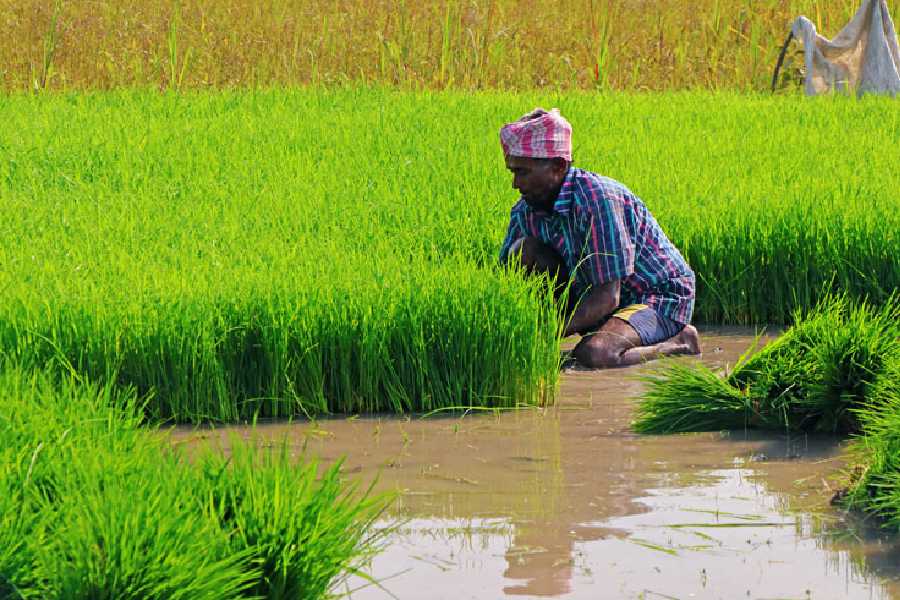Highlighting the urgent need to transform food systems in the Hindu Kush Himalayan countries to meet the triple challenges of climate change, nature loss, and acute food insecurity, experts have called for adopting agroecological methods to reshape farming.
“It’s increasingly clear that industrial farming methods – including use of chemical fertilisers and deforestation – have been a calamity for the biosphere, for human health, and for the climate, and have failed to deliver prosperity for farmers,” Abid Hussain, who leads ICIMOD’s Economies division, said.
The International Centre for Integrated Mountain Development (ICIMOD) is an inter-governmental organisation for the eight countries of the Hindu Kush Himalayan region – Afghanistan, Bangladesh, Bhutan, Tibet (China), India, Myanmar, Nepal and Pakistan – that stretches for almost 3,500 km.
Encompassing high-altitude mountain ranges, mid-hills, and plains, the zone is vital for the food, water, and energy security of up to two billion people. Ten major rivers, including the Indus, Ganga and Brahmaputra, originate in this region.
ICIMOD brought together academics, researchers, and policymakers from Bangladesh, Bhutan, Tibet (China), India, Nepal and Pakistan to discuss food security in the region that is vulnerable to the impacts of the triple planetary crisis of climate change, pollution, and biodiversity loss, the organisation said in a statement on Friday.
"Food and farming are responsible for one-quarter of the global greenhouse emissions, second only to energy use. The alternative models of farming are capable of actually locking away carbon in the soil, thus making it a solution to the climate crisis,” the experts pointed out.
“It is urgent, in the teeth of the climate crisis, that we reshape agriculture in the Hindu Kush Himalaya,” said Hussain.
This region is warming at double the global average, and the changes in water supply from loss of mountain snow and ice, and noticeably more extreme rainfall, are putting extraordinary pressure on food and farming, he said, adding, “Switching to alternative methods of agriculture can be a potent tool for carbon sequestration, and offers a huge opportunity.” Given the population sizes in the Hindu Kush Himalayan region and the acute food insecurity needs, it is crucial to prioritise investment in this transition to agroecological methods, the experts said at the international conference on climate resilient agriculture for sustainable food systems held here from October 1 to 3.
The conference marked the conclusion of a two-year action-research project, Green Resilient Agricultural Productive Ecosystems (GRAPE), which prototyped climate-resilient agricultural practices in seven districts of Karnali and Sudurpashchim provinces of Nepal, ICIMOD said.
“Working closely with small entrepreneurs, we show how low-cost agricultural solutions can easily result in better soil health on farms, which translates into better quality yields, while reducing farmers’ reliance on costly externalities,” said Kamal Prasad Aryal, a researcher at the GRAPE project.
Except for the headline, this story has not been edited by The Telegraph Online staff and has been published from a syndicated feed.










